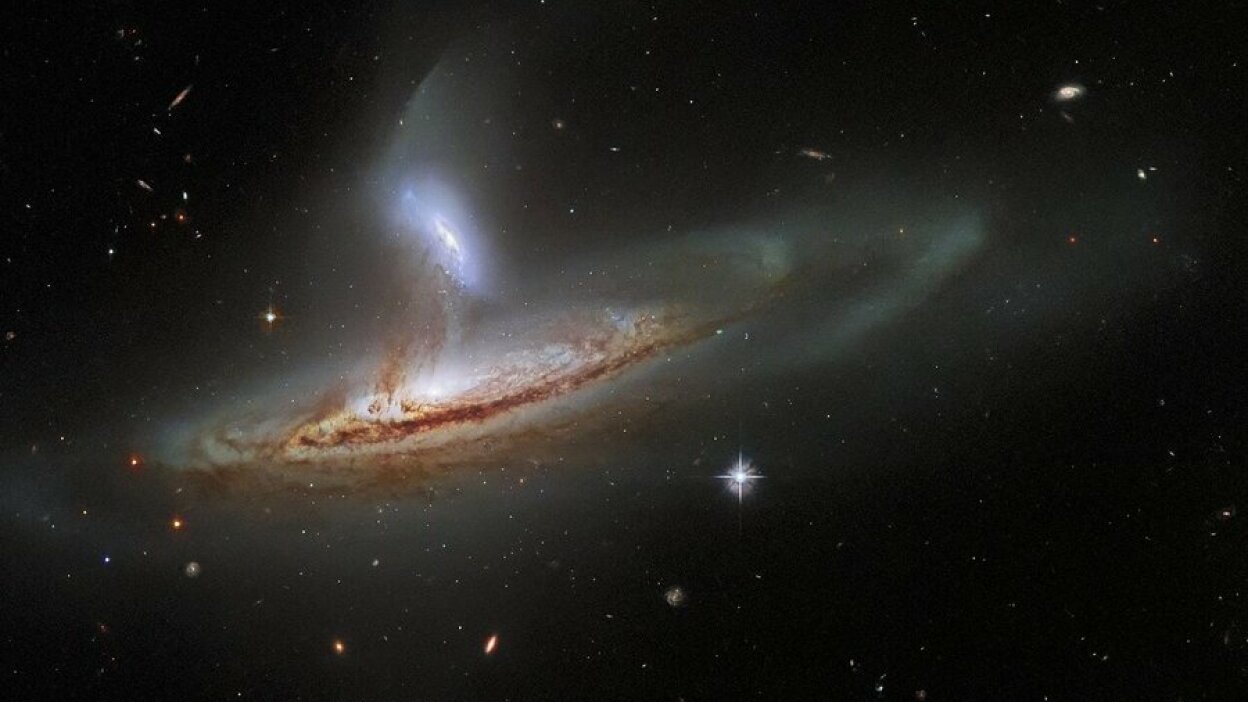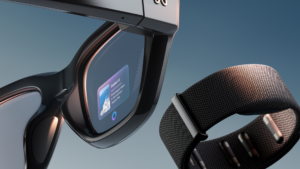While the picture above might not immediately stand out to you as spectacular, the scale of what it captures is virtually incomprehensible. This snapshot from the legendary Hubble Telescope, which is of course operated by NASA in association with the European Space Agency (ESA), has managed to offer us a portrait of a large galaxy (NGC 169) pulling cosmic material away from a smaller galaxy (IC 1559).
The larger galaxy, with more mass, tugs on the smaller galaxy. In such interactions, “gas, dust, and even entire solar systems will be drawn away from one galaxy towards the other,” explained the ESA.
“As common as these interactions are thought to be in the Universe, it is rare to capture an image of two galaxies interacting in such a visibly dynamic way.”
RELATED: A New Film Studio Will Be Launched In Space By 2024
The event in the photo is happening to a galaxy two hundred million light-years away, brought to us by the extraordinary technology behind the Hubble Telescope. We can actually the process previously described mid-action in the image, with delicate streams of matter connecting the two galaxies having visibly formed.
While this might seem a little irrelevant to you, an individual who is reading this a comfortable distance from the consequences of this image, this phenomenon is not limited to NGC 169 and IC 1559. In fact, our own Milky Way galaxy is expected to eventually have an intense galactical interaction of its own. Around 4 billion years from now, NASA expects the Milky Way will inevitably collide with the larger Andromeda galaxy, resulting in a great merger that produces one single large galaxy.
This, again, will have no impact on you – or even humanity at all, for that matter. That being said, it’s images like this that simultaneously remind us of the capabilities of the human race in producing such impressive technology, yet how small we are in comparison to the sovereign powers of the universe.















